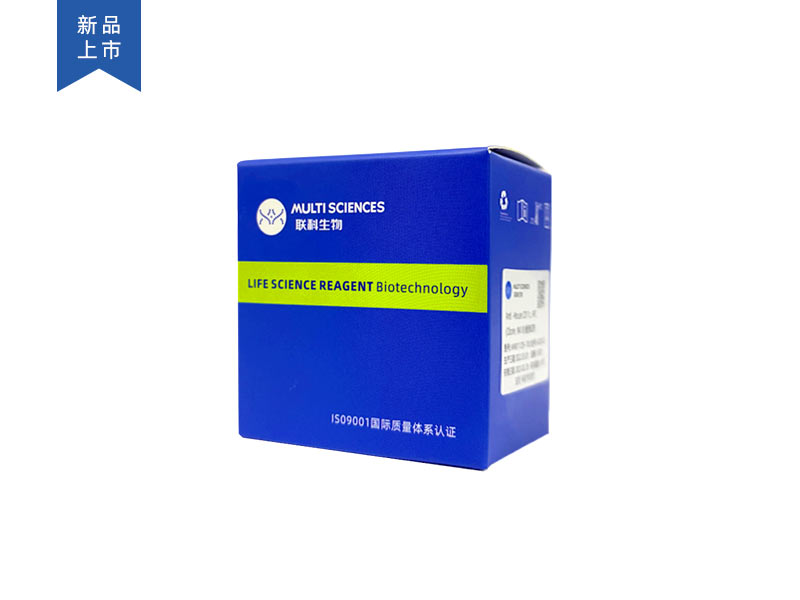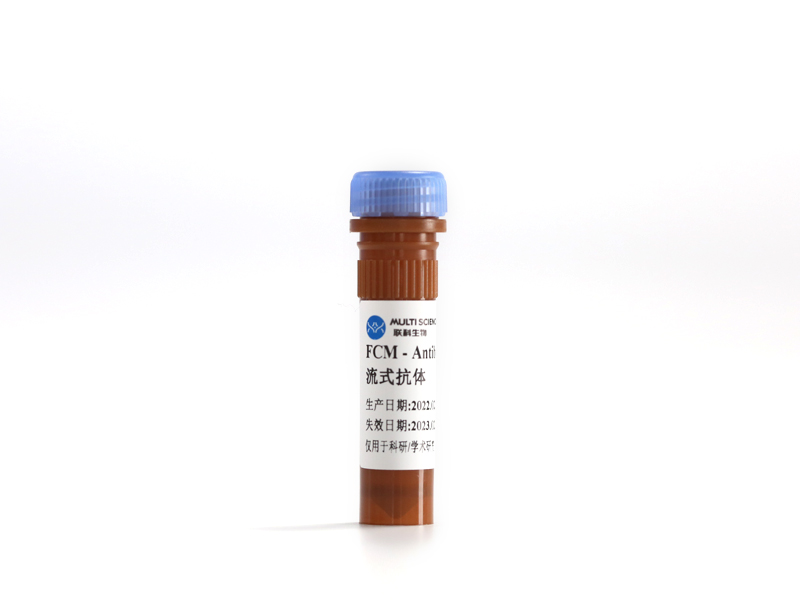Background:This study was to compare the effect of intensive insulin therapy (IIT) to conventional insulin therapy (CIT) on postoperative outcomes among type 2 diabetes mellitus (DM) patients who underwent D2 gastrectomy for gastric cancer.
Methods:We randomly assigned gastric cancer patients with type 2 DM who underwent radical gastrectomy to receive IIT (maintenance of blood glucose at a level between 4.4 and 6.1 mmol/l) with insulin infusion or CIT (maintenance of blood glucose at a level between 10 and 11.1 mmol/l) during the postoperative period.
Results:Of the 179 eligible patients, 92 patients were assigned to receive IIT and 87 patients to receive CIT. Mean blood glucose concentrations were lower in the intensive group (IG) than in the conventional group (CG) (5.5 ± 0.8 vs. 9.9 ± 1.0 mmol/l, P < 0.001). Hypoglycemia occurred in 6 patients (6.5%) in the IG (P = 0.029) versus in 1 patient (1.1%) in the CG. Hospital mortality did not differ significantly between two groups (4.3% vs. 5.7%, P = 0.742). However, IIT significantly reduced morbidity (from 18.4 to 7.6%, P = 0.031). Also, IIT shortened the days to suture removal, postoperative hospital stay, and postoperative duration of antibiotic use. The HOMA-IR score was lower at all time points in IG. Moreover, IIT increased the postoperative HLA-DR expression on monocytes on postoperative days 3 and 5.
Conclusions:IIT significantly reduced short-term morbidity but not mortality among type 2 DM patients who underwent D2 gastrectomy for gastric cancer. Furthermore, a possible mechanism of suppression of the insulin resistance and improvement of HLA-DR expression may partially explain the benefits of IIT.
文章引用产品列表
-
- F11HDR03 4 Citations
- 流式抗体
Anti-Human HLA-DR, APC (Clone:LN3)流式抗体 (新品)
- ¥1,192.00 – ¥2,640.00



